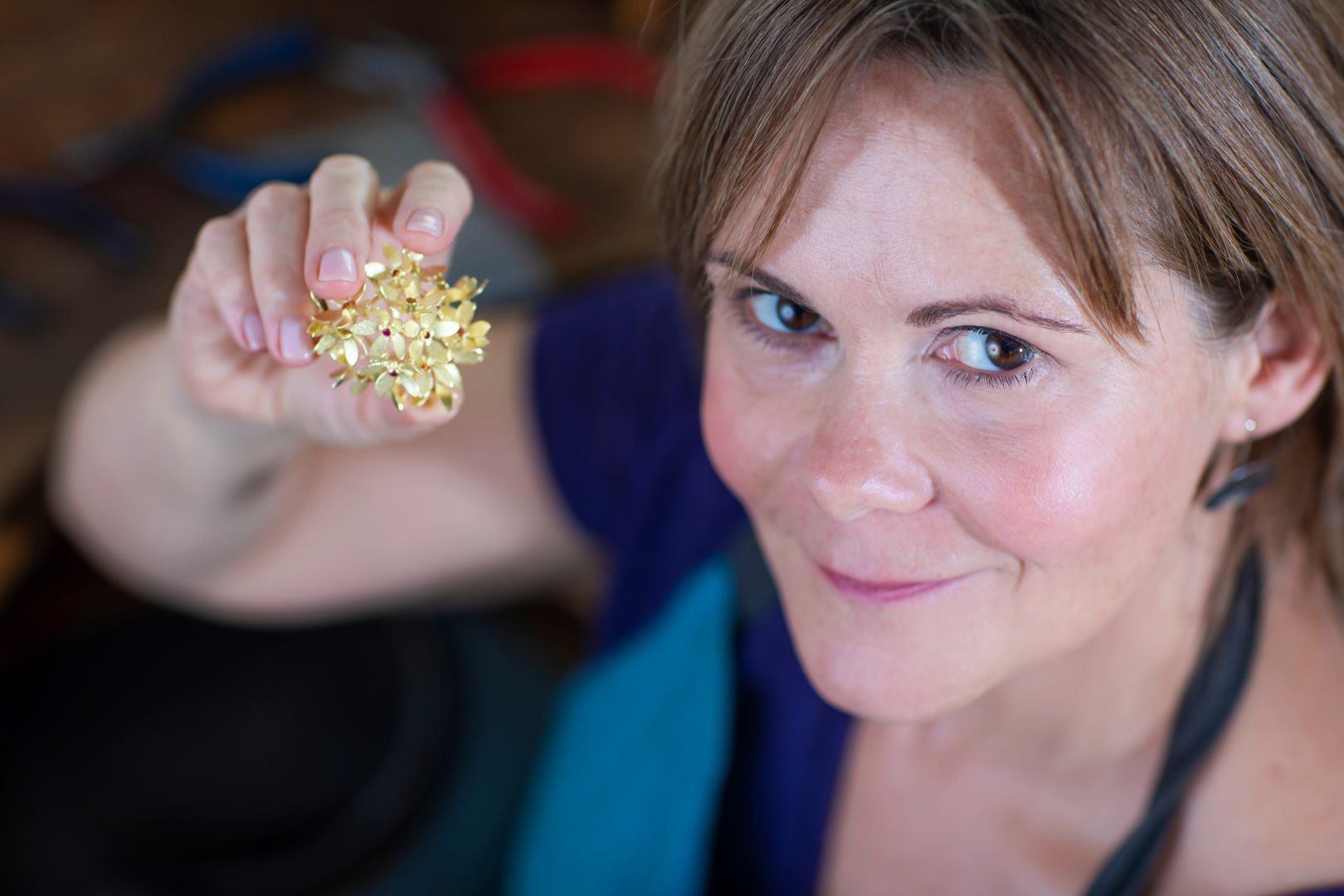What’s one thing about your industry that outsiders are probably unaware of?


We asked experts from a broad range of industries to open up to us about things they know about their industry but that we probably don’t and we’ve shared some of those responses below.

I believe the single most important thing that outsiders are unaware of when it comes to the business of matching caregivers with high profile families, is that although it looks “easy” and “glamours”, the amount of time and work it takes to do what we do at Modern Minders is unimaginable. I am in the business of building relationships and relationships (any relationship) takes time. For every family we work with, it came from a relationship that was cultivated over time. I think that sometimes candidates see a well oiled machine of a company from the outside, (we make it look really easy), when in reality it is a lot of 12-15 hour days sometimes 6/7 days a week of screening candidates and communicating with families to make sure they are heard and their needs are met. Read more>>

Many people are unaware of the time and amount of work that goes into designing and building a website. It’s not just choosing any design, pasting in some content and simply launching the website. There are many elements that need to be taken care of. A lot of time and effort goes into realizing the goals of a specific business and designing the website so that it best represents the business, their services and products that they’re selling. On top of that, the user experience (UX) of the website needs to be spot on in order to ensure that the visitors stay on the site, get the information that they’re looking for and find value in the business and their products or services. That’s what makes the website a success and a positive return of investment. Read more>>

Outsiders, or just the general public, are often unaware of how their jewelry is made. It’s funny that such an intimate and ubiquitous possession can be a mystery to many. Traditional goldsmithing, working by hand, is a craft that has changed little in millennia. The artist works the metal almost like one could work clay, only it’s much slower and takes the addition of steel tools. Precious metals can also be melted and poured like liquid before solidifying to be worked further. And modern technology now has us designing in 3d on the computer and printing models to be cast. In each of these scenarios, there’s a lot that goes into it. It’s always funny to me when a client says something about ‘gluing a stone on’ or wants a custom piece same day. Read more>>

People often think of photography as a fun & easy hobby. With today’s advancements in cameras & mobile phones, “anyone can become a great photographer”. However the reality is, although photography is a fun hobby and everyone should engage in the activity whenever they can, it is not as simple as it seems. When photographing an event like a wedding, there are many considerations to take into account; i.e. venue (is it outdoors with bright direct light, or indoors with dim light and dark wall colors), should a wide aperture be used or small (or both, and when), how much depth of field should be applied, does action & movement need to be frozen, or is a blurred effect more appealing, is a strobe or external lights needed, etc. These are only very few examples that need to be taken into consideration when photographing events–professionally. Read more>>

I think it’s the fact that sometimes you need to work 20 hours per day. Not only you’re constantly looking for new clients and new gigs, but also you’re also constantly looking for new material and new ideas, you’re constantly studying psychology, history, science, physics, math, philosophy anything that can inspire you and help you to create new routines and develop new principle. Its a constant challenge to improve your skills and create something new that will leave the world astonished. Did you see the movie The Prestige? Without such competition with each other, but that’s how we live… it’s a passion that sometimes can become obsession. Read more>>

The biggest misconception about the fashion industry is that it is all glamour, models, and runways. While that is true some of the time, it is only about 5% of my job. The rest is hard work and hustling — nothing too glamorous! Once a year I get to be involved with big runway shows, and it’s definitely a rush being around the next season’s collections, surrounded by gorgeous models. But most of the time my job consists of reaching out to buyers for orders, projecting my sales figures, and presenting reports to my brands. The fashion industry is just like any other industry, you generally start at the bottom and work your way up the ranks, putting your time in and building relationships. Something else people may not realize about the fashion industry is the cycle/calendar we work with. We sell collections that eventually ship to buyers roughly a year later. Read more>>

To be in the creative industry, one never stops. The inspiration, ideas, thinking process, is with you 24hours 7 days a week. Read more>>

Most underwear is made from plastic! Or as more commonly known as, synthetic materials such as spandex, nylon, elastane or polyester. These fabrics became popular in the 80’s, and while offered a stretchy-ness solution, have unintended negative consequences on the environment (and our bodies). Made from nonrenewable fossil-fuels, polyesters not only have harmful impacts on their creation but also shed microplastics during their lifespan in laundry and eventually stay in landfill for hundreds of years. For our bodies, they prevent breathability which in underwear means promoting infection and irritation. All the above, and more, is why I’m so excited about 100% organic cotton underwear. And because ours is made from 100% organic PIMA cotton, it’s the ultimate in soft, cushy comfort. Read more>>

The main thing about the pearl trade that outsiders are probably unaware of is that there are two type of pearls with completely different values; these are saltwater pearls and freshwater pearls. The difference is in their rarity and value. Saltwater pearls are exponentially rarer and more valuable than freshwater pearls, and will hold value over long term. Both types of these pearls are cultured in pearls farms, (just like salmon is farmed in salmon farms, for example). But the difference is that with saltwater pearls, one oyster will give one pearl only, in about two years, whereas a freshwater mussel can give 20 pearls in 6 months. Saltwater pearls are the renowned Japanese Akoya Pearls with their white/hint of pink overtones, South Sea Pearls with their white, champagne and gold overtones, and Tahitian pearls with their black, grey and silver overtones. Read more>>

One of the most common responses I get from outsiders when they find out what I do for a living is, “Wow, working with pets sounds like a dream job! I wanna do it too! How do I get into it?” To which I respond, “If you are serious about pet sitting, are you ready to make work/life sacrifices i.e. work 24/7, weekends, holidays and give up last minute vacations or nights out so you can make a decent living and keep clients?” That’s when most people realize pet sitting might not be the dream job they imagined. As for me, the trade off is worth it. I love working for myself, being outdoors all day and I enjoy my varied schedule, so making those sacrifices is really worth it for me. I love my unpredictable work schedule! Read more>>
